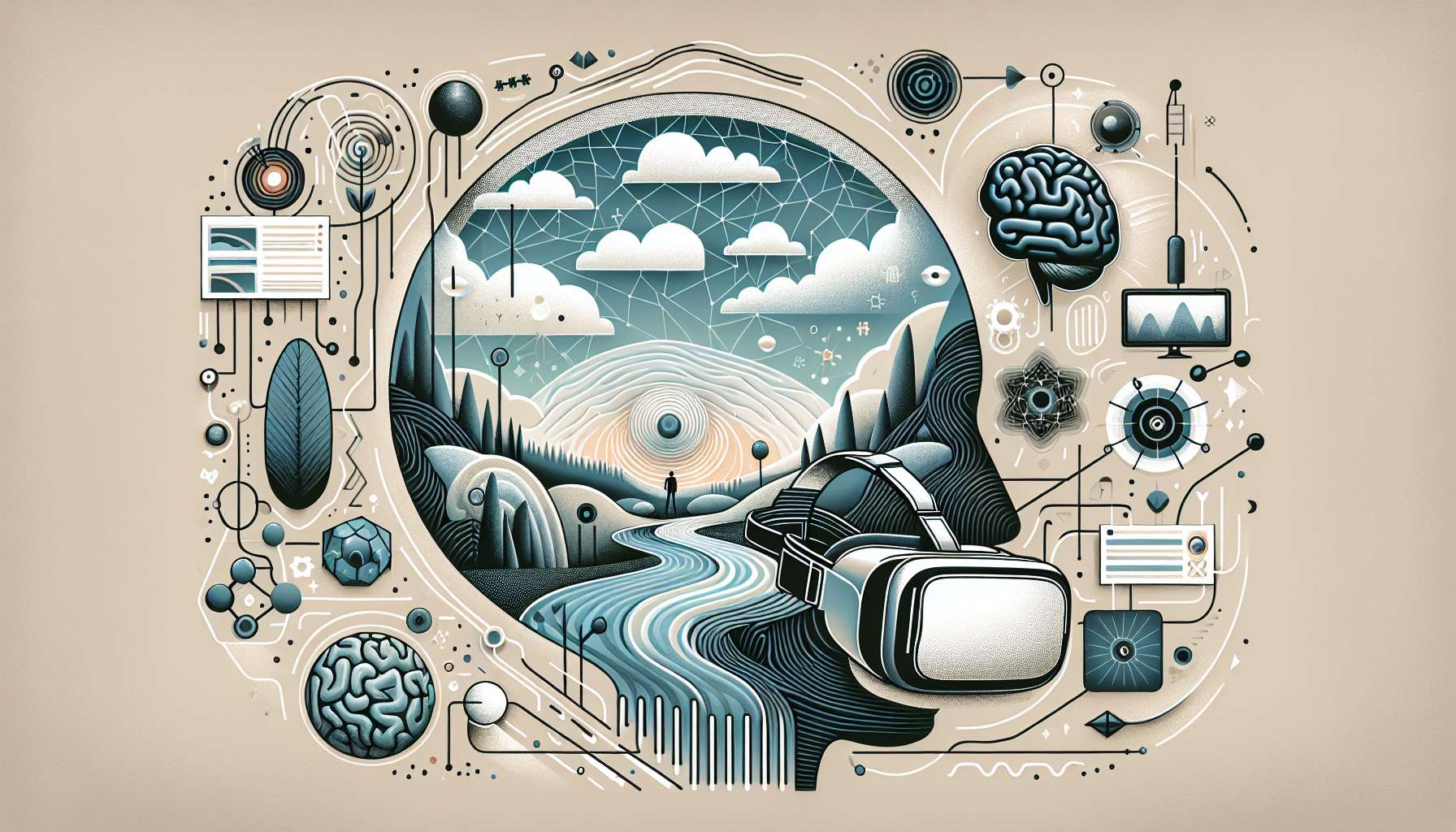Introduction
Virtual reality (VR) technology has been making significant strides in various fields, including healthcare. One area where VR shows great promise is in the treatment of anxiety disorders. With the ability to create immersive and interactive environments, VR therapy offers a unique approach to helping individuals manage and overcome their anxiety.
Understanding Anxiety Disorders
Anxiety disorders are among the most common mental health conditions, affecting millions of people worldwide. These disorders can manifest in various forms, such as generalized anxiety disorder, social anxiety disorder, and phobias. Symptoms may include excessive worry, fear, and avoidance behaviors that can significantly impact a person’s daily life.
Traditional Therapies vs. VR Therapy
Traditional therapies for anxiety disorders often involve cognitive-behavioral techniques, exposure therapy, and medication. While these approaches can be effective, they may have limitations, such as the inability to recreate real-life situations in a controlled environment.
VR therapy, on the other hand, offers a more immersive and personalized experience for individuals with anxiety disorders. By using VR headsets, patients can be transported to virtual environments that simulate anxiety-inducing scenarios in a safe and controlled setting. This exposure therapy allows individuals to confront their fears gradually, helping them build confidence and develop coping strategies.
The Benefits of VR Therapy
There are several benefits to using VR therapy for anxiety disorders:
- Immersion: VR technology provides a high level of immersion, making the therapy more engaging and realistic for patients.
- Customization: Therapists can tailor virtual environments to each individual’s specific fears and triggers, enhancing the effectiveness of the treatment.
- Controlled Exposure: VR therapy allows for controlled exposure to anxiety-provoking situations, helping patients confront their fears at their own pace.
- Feedback and Monitoring: Therapists can monitor patients’ reactions and progress in real-time, adjusting the therapy as needed to optimize outcomes.
Future Directions
As VR technology continues to advance, the potential for using VR therapy in treating anxiety disorders looks promising. Future research may explore the long-term effects of VR therapy, its cost-effectiveness, and its integration with other therapeutic approaches.
Conclusion
Virtual reality therapy holds great promise as a novel and effective treatment for anxiety disorders. By leveraging the immersive and interactive nature of VR technology, therapists can provide individuals with a unique tool to confront their fears and improve their mental well-being.








